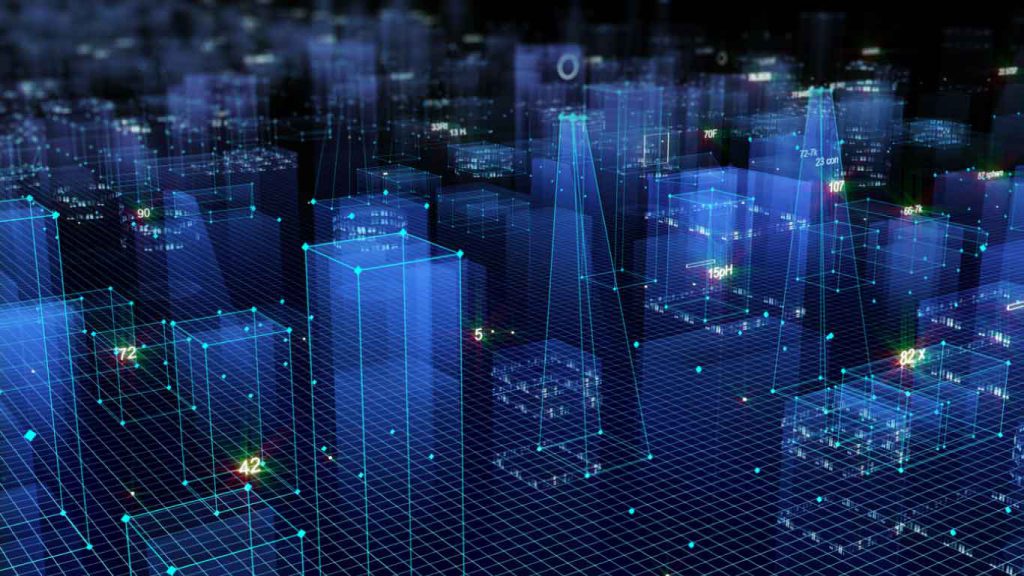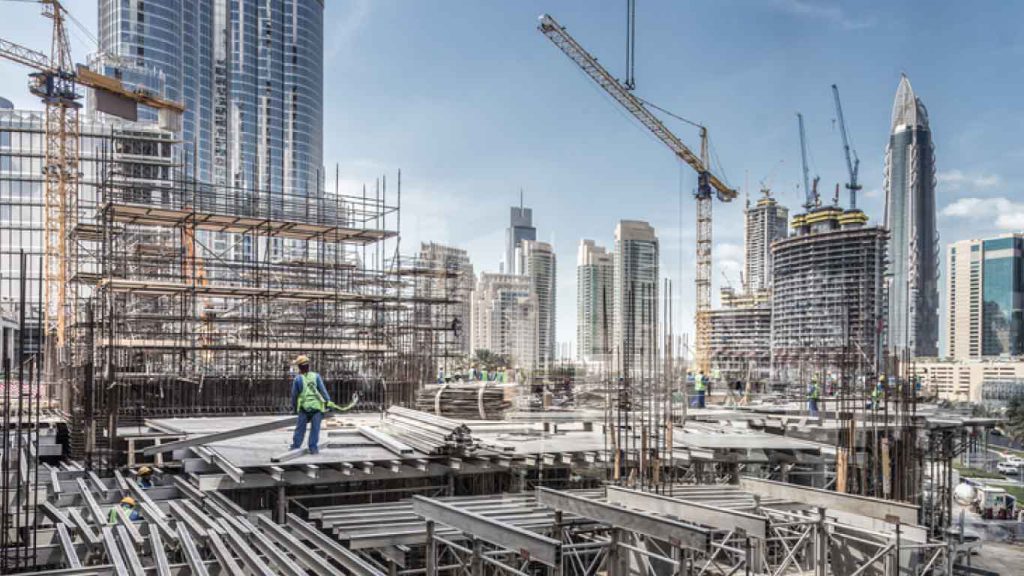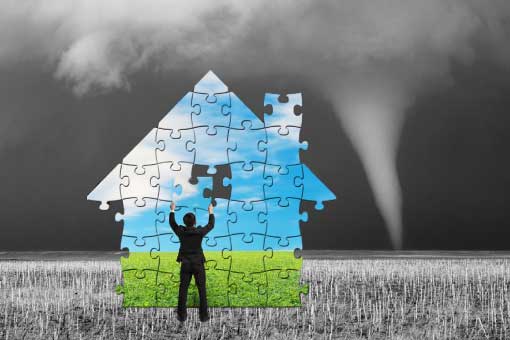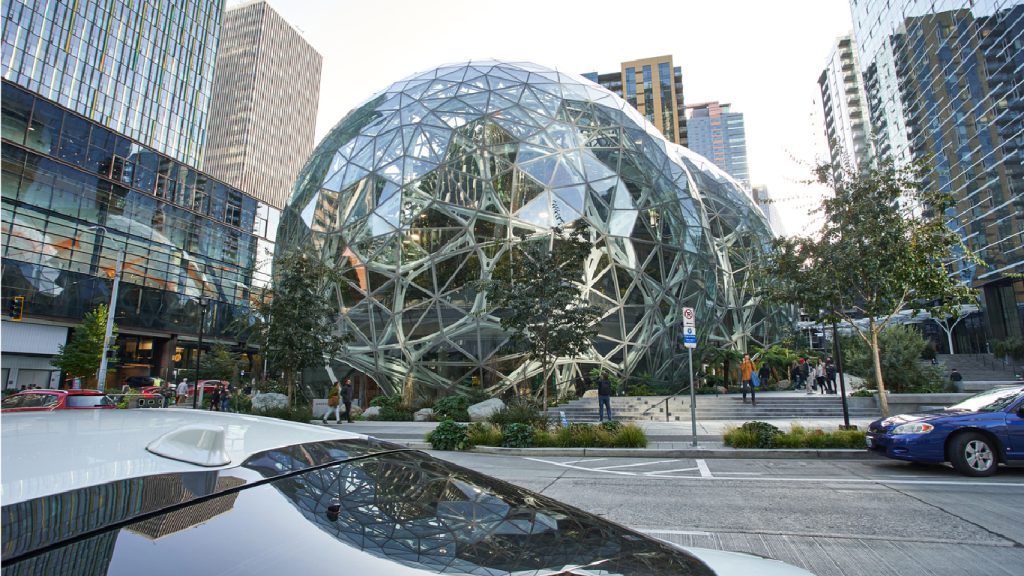
The Metaverse, Digital Twins, and Building Decarbonization
After the former-company-known-as-Facebook rebranded itself in late 2021 to Meta, much of the world discovered the “metaverse”—the next generation of human connectivity that would fundamentally transform how we socialize and work.
According to Zuckerberg’s vision, the metaverse will be a place where social interactions are completely virtual, with self-created and customizable avatars interacting in ways that seem so real, we will easily take them as such. The new digital reality would affect work too, allowing workers to be at the “office” without leaving their home or changing out of their sweatpants. Remote workers no longer need to worry their physical office cohorts will race ahead, grabbing the next promotion or swanky project. Everyone would work in the same “space” regardless of their physical location.
The move to an immersive digital social life will certainly have massive implications for society, but building a new digital Agora for the modern world only scratches the surface of what the metaverse will be. That’s because its value extends beyond video games, social media, and the workplace. In fact, the sector to feel the most impact of these new virtual spaces will likely be today’s very real built environments.
Building Digital Twins
One key aspect of the metaverse for the built environment is the digital twin—a virtual doppelganger of a physical object or process. The notion of such a digital double is several decades old and the culmination of advances in 3D/BIM software, machine learning, and virtual technology. While architectural drawings have rendered 2D renderings of buildings for hundreds of years, 3D software added that extra dimension. Later, virtual reality would make the fourth dimension (time) possible. These advances set the stage for modeling physical processes like the human body or providing virtual walkthroughs of spaces like residential and commercial buildings.
However, digital twins serve a more important and practical purpose than visual mimicry; they attempt to model reality itself. To do this, digital twins must account for as many data points as possible. This includes every object, process and system that exists within a building—from the largest HVAC plant to the smallest occupancy sensor. All digital building systems function within a virtual world dynamically modeled to mimic the dimensions of time and space and natural forces. In short, the virtual world contains the same physical limitations as its physical counterpart.

The advantage of a digital twin, whether it be a building or an entire city, is that you can make changes and see what happens without doing it for real. This can be advantageous when time and costs are too great for real-life recreation or when impractical or impossible. Climate scientists, for example, use digital twins of the Earth’s weather systems to make predictions about the effects of global warming.
The more data points that make up your digital twin, the more accurate your simulations. In this way, data points function much like pixels that make up a screen, in that the more you can pack into a model, the higher the “resolution” and more life-like images you get.
However, such huge buckets of data take enormous amounts of computational power to process and manage. That’s where artificial intelligence and machine learning have helped give birth to the metaverse. Sophisticated algorithms do much of the “thinking” for us—locating patterns, making connections, running simulations and spitting out the results. Without them, modeling of systems is a rudimentary process, and it’s only relatively recent that we’ve been able to handle enough data to represent a virtual facsimile of complex physical processes and systems.
Helping Speed Up Building Decarbonization Adoption
As the metaverse takes its first steps, markets are already pricing in the tech’s potential to transform the built world. From a current global market size of $3.1 billion in 2020, experts project the digital twin market will reach $48.2 billion by 2026. Such growth is why some engineers, architects and entrepreneurs are looking to the metaverse and AI technology to help lower carbon emissions. In fact, an Ernst and Young study found that digital twins can reduce a building’s carbon emissions by half.
Founder and CEO of Cityzenith, Michael Jansen, oversees a digital twin platform that’s leading the push to decarbonize entire cities using metaverse technology. Recently Jansen hosted a live event laying out the current challenges to building decarbonization and how investing in digital twins can speed up green capital investments in the U.S. One pain point for property owners is retrofitting costs, which the CEO estimates at $4 to $7 USDs per square ft ($21 to $75 per sq m). “When you consider the fact that building owners spend about $2.10 per square foot on energy annually, it’s a large number,” Jansen states.
Another hurdle to building decarbonization adoption is the inherent conflict between the short-term gains investors demand vs the long-term investment that sustainable retrofitting requires. “The payback periods on typical [green] retrofits can be 10 to 15 years,” Jansen explains. “Those at the top of the investment pyramid typically look for returns within three to five years. As a result, a lot of these investments just don’t happen.”
While Jansen admits there are many challenges to green investment and adoption, he believes data is the obvious answer, at least for the short term. But buildings and cities contain thousands of software platforms, untold sensors, and BMS systems sending and receiving gigabytes of data through the air and over wires. It’s understandable that building managers can often feel as if they’re drowning in a sea of data and the digital tools that fill it.

Jansen claims it’s this “chaos of tools” that’s slowing building decarbonization efforts throughout the market. However, it’s understandable property owners would sidestep solving the issue of data glut, especially given the more immediate threats like higher construction costs, supply chain issues, swelling energy prices, and a shrinking demand for commercial office spaces.
Still, the Cityzenith CEO is correct in the assumption that funneling the increasing volume of data streams into a singular control is a desired outcome for most property and city managers. In fact, it’s this same consolidating impulse that’s motivating the move to integrated systems and open protocols within BMS technology today. Consolidation certainly increases data points, which is what digital twins need to be effective.
What’s needed is a “system of systems,” Jansen says. “The purpose of building a kind of metaverse around all of this…was to allow all these decarbonization processes to happen in one common place. So, all that activity could be studied and simulated before anybody actually spends a dollar. We use digital twins to predict energy consumption and financial outcomes to help drive down capital risk and increase adoption.”
Metaverse for Asset and Risk Management
While digital twins have numerous upsides for building decarbonization and efficiency, they can also help property owners and managers safeguard their investments. With aggregated data from building systems, equipment, and real-time sensors, digital twins can run physics-based models built on “what-if” scenarios.
Building and city managers can ask energy-related questions like “What if we bought 10% more solar and wind energy?” or “What if we generated more power on-site with roof-top solar array?”. After running such scenarios through a digitized property, owners would have a more accurate picture of the financial and operational impacts before committing. More importantly, they could easily tweak their input data until the outcomes fall within acceptable limits.
By using digital twins to accurately see future outcomes, property managers can also bolster their risk management. “What-if” statements can also apply to emergency situations like pandemics, natural disasters, and social upheaval. During COVID, many property owners scrambled to adjust to sudden lockdowns, indoor air quality demands, new hygiene mandates, and occupancy management challenges. Digital twin simulations of these variables could have better prepared owners and managers for the challenges while saving time, money, and possibly lives.
Sources:
“Cityzenith’s real world metaverse for decarbonization”. Published April 21, 2022, accessed April 28, 2022. https://youtu.be/l0L_7gwguoA
“Digital twin: the Age of Aquarius in construction and real estate.” Todd Lukesh, Eric Ottinger, Nipun Bajaj, Jordan Stein, Erica Crandon, Mark Gibson and Akanksha Jain. Published May 2021, accessed 27 April 2022. https://www.ecmag.com/sites/default/files/Digital%20twin%20-%20the%20Age%20of%20Aquarius%20in%20construction%20and%20real%20estate.pdf
“Digital Twin market”. Markets and Markets website, , accessed 25 March 2021, © 2021 Markets and Markets Research Private Ltd. https://www.marketsandmarkets.com/Market-Reports/digital-twin-market-225269522.html
“Everything Facebook revealed about the Metaverse in 11 minutes”. CNET. Published October 29, 2021. Accessed April 26, 2022. https://youtu.be/gElfIo6uw4g



